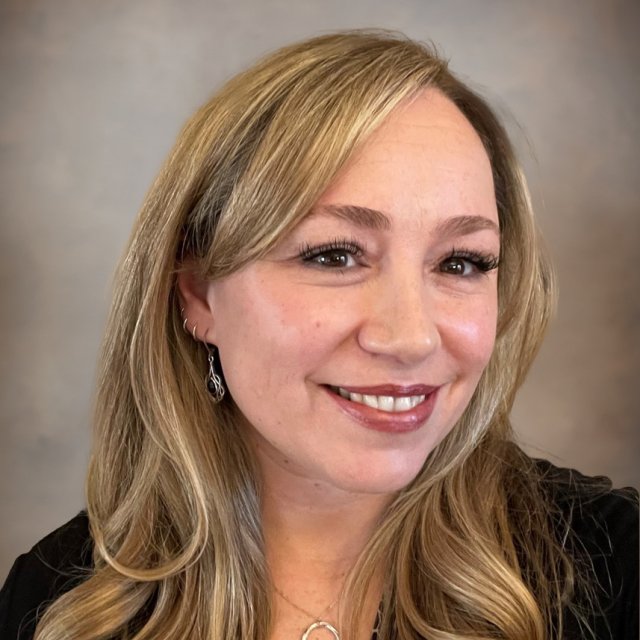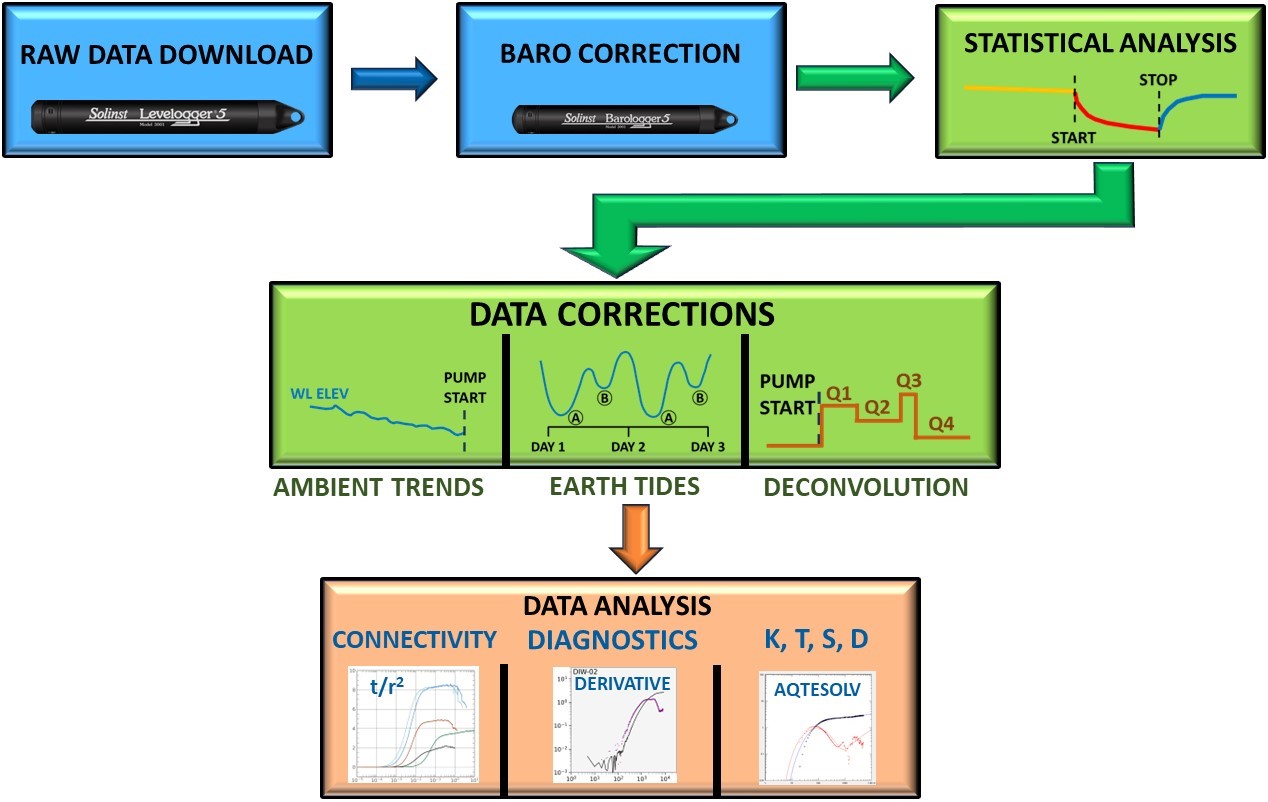Join GZA At Battelle 2024 in Denver, CO
The Battelle 2024 Conference on Remediation of Chlorinated and Recalcitrant Compounds will be held June 2 - June 6, 2024 in Denver, CO. Here's where you can find and meet GZA!
Richard Desrosiers, PG, LEP

Bhuvnesh Parekh, PE, LSRP

Maryann Sapanara, LSP

Joshua Simpson, PG

Jamie Barberi

Morgan McBride

Session A6, Wednesday June 5th, 9:15 - 9:40am
Over 140 wells have been drilled to various depths to characterize the subsurface controls on groundwater flow and contaminant plume transport at a site in the North Carolina Piedmont. Many wells are cased to the top of competent bedrock, which limits evaluation of the weathered and partially weathered bedrock unit that overlies the competent bedrock. Furthermore, the lithologic descriptions provided on soil boring logs lack sufficient detail to enable an accurate depiction of the lithologic units as either saprolite, transition zone, or competent bedrock. The inability to differentiate these lithologic units has impeded the ability to correlate the various geologic units, to construct accurate geologic cross-sections, or to map the spatial distribution of these units in the subsurface. Development of a robust conceptual site model (CSM) is also hindered by the lack of key hydraulic data for these units across the site.
Session H7, Thursday, June 6th, 11:20 - 11:45am
A release of hexavalent chromium (metal finishing plating and process wastewater) and volatile organics (degreaser pit) resulted in impacts to soil and groundwater. Groundwater data reported Cr+6 concentrations of 38 mg/L at the source, 10 mg/L approximately 1,500 feet downgradient, and discharging some 3,000 linear feet to a stream. The release of Cr+6 was from leaks from historic cypress wastewater holding tanks and through the plating line concrete floors. The remedial objective was to chemically reduce the more mobile/toxic Cr+6 to an intermediate less mobile/toxic Cr+3 then to immobile Cr(OH)3 while concurrently achieving reductive dichlorination of the commingled VOCs. This presentation will focus on the results of the in situ chemical reduction (ISRC) of hexavalent chromium concentrations by understanding the migration of the contaminate plume and mass flux by designing ISRC barriers walls resulting in achieving the remedial objective of less than 500 µg/L (many locations were non-detect), under a single application, followed by monitored natural attenuation.
Session G3, Tuesday, June 4th, 10:55 - 11:20am
From approximately 1964 to 2008, operations at the former Safeguard Chemical Facility (located in Elizabeth, New Jersey) included the manufacturing, filling (of aerosol containers), and distribution of aerosol products. During this time, household and industrial cleaners, polishes, deodorizers, insecticides, disinfectants, lubricants, and adhesives were produced at the Site. The bulk chemicals consisted of pesticides, solvents, and propellants, which were stored at the Site in aboveground storage tanks. There was an ongoing series of remedial investigations and remedial actions beginning in 1994, which identified chlorinated volatile organic compounds (cVOCs) and pesticides as the primary contaminants of concern in subsurface soil, groundwater, surface water, and sediments. To address upland contamination and protect sensitive receptors, GZA proposed a treatment train approach consisting of in situ injections at the hot spots to reduce source zone contaminant levels, followed by monitored natural attenuation (MNA) and removal of DNAPL using large-diameter caissons and drilling.

Session H5, Wednesday, June 5th, 3:55 - 4:20pm
This presentation describes the technical hurdles associated with the implementation of two electrical resistive heating (ERH) systems. It focuses on the full-scale operation and limitations of the designs: the variables that affect heat up rate, the ability to reach the boiling point of water, mass removal rates, and the importance of maintaining hydraulic control. The first Site involved the use of nine electrodes and monitoring points while the second Site included two orders of magnitude more subsurface infrastructure. The soils at both Sites (saturated and unsaturated zones) consisted of heterogeneous fine-grained sediments and chlorinated VOCs were the primary contaminants. Though remediation was required to be performed to the “limits of the technology” at both Sites, asymptotic mass removal was the only prescribed remedial goal at the smaller Site. At the larger Site, a combination of heating levels, asymptotic mass removal, and the collection of confirmatory soil samples was required by the regulators. The similarities (and differences) between the two Sites, afforded a unique perspective to compare the design, implementation, efficacy, and applicability of this technology.

On display during Session E2, Monday, June 3rd, 4:30 - 6:30pm
Session F1, Monday, June 3, 12:10 - 4:20pm
Please see the official Battelle program for full information.